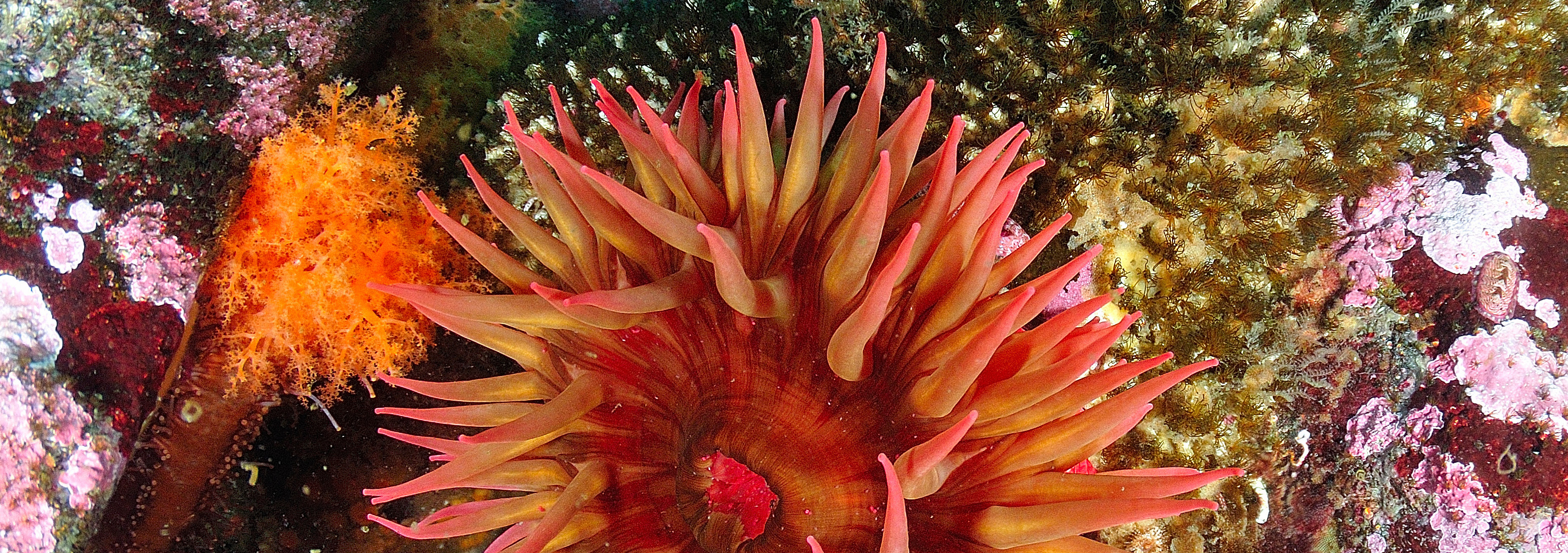New in Salish Sea Currents: Scientists want to know why eelgrass is on the decline in some areas of Puget Sound and not others. The answer will affect future strategies for protecting one of the ecosystem’s most critical saltwater plants. Read the full story from contributing writer Rachel Berkowitz in the Encyclopedia of Puget Sound.
May 26, 2017

Saving the last estuaries
When rivers spill into Puget Sound, they provide some of the most productive habitat in the ecosystem. The ebb and flow of the tides creates a perfect mix of fresh and salt water critical for young salmon. But over the past 100 years, the region’s tidal wetlands have declined by more than 75%. A coalition of […]
May 5, 2017

Urban lifestyles help to protect the Puget Sound ecosystem
The state of Washington estimates that the Puget Sound area will grow by more than 1.5 million residents within the next two decades. That is expected to have profound effects on the environment as more and more people move to undeveloped areas. The race is on to protect this critical rural habitat, but planners say […]
May 1, 2017

New report shows high impact of toxic pollution on the Salish Sea
A new report about toxics in the Salish Sea brings together findings from over 40 research programs and includes case studies of Chinook salmon, shellfish and killer whales, among other species: The report from the Puget Sound Ecosystem Monitoring Program and co-edited by PSI’s Andy James highlights trends for toxics during 2016. While some of […]
April 13, 2017

Program envisions fewer floods and more salmon
This week in Salish Sea Currents: PSI senior writer Christopher Dunagan reports on a new approach to flood control in Puget Sound. Rivers, scientists say, can be contained by setting them free. Conservationists hope this is good news for salmon recovery. The story is part of our ongoing series on the science of Puget Sound recovery. Funding […]
March 31, 2017

Finding a strategy to accelerate Chinook recovery
New in Salish Sea Currents: We continue our series on Puget Sound’s EPA-funded Implementation Strategies. This week we take on Chinook recovery. As threatened Chinook populations continue to lose ground, the state is looking to new strategies to reverse the trend. In the Skagit watershed, the scientists — and the fish — are among those […]
March 10, 2017

Bringing the shellfish back: How Drayton Harbor overcame a legacy of pollution
New in Salish Sea Currents: After a long struggle with pollution, Drayton Harbor has reopened to year-round commercial oyster harvesting for the first time in 22 years. Here’s how the community cleaned up its act, potentially showing the way for shellfish recovery throughout Puget Sound. Read the full article on the Encyclopedia of Puget Sound.
February 1, 2017

Study of seals and sea lions gains interest
Our story last week about the impacts of predators on Chinook salmon populations in Puget Sound continues to gather strong interest from our readers. Several thousand viewed it after it came out last Thursday, and it was reprinted in the Kitsap Sun on Monday. The story was written by PSI senior writer Christopher Dunagan and reports on […]
January 25, 2017

Study says predators may play major role in Chinook salmon declines
A new study shows that increased populations of seals and sea lions are eating far more of Puget Sound’s threatened Chinook than previously known, potentially hampering recovery efforts for both salmon and endangered killer whales. Read the story in Salish Sea Currents.
December 19, 2016

Year in review: 2016
This year has been as busy as any we have had since our founding in 2010. As we look forward to year seven (!) of our organization, we have put together a sort of highlight reel of accomplishments. At various points, PSI scientists worked to prioritize emerging contaminants in our waterways. We studied the health of […]
